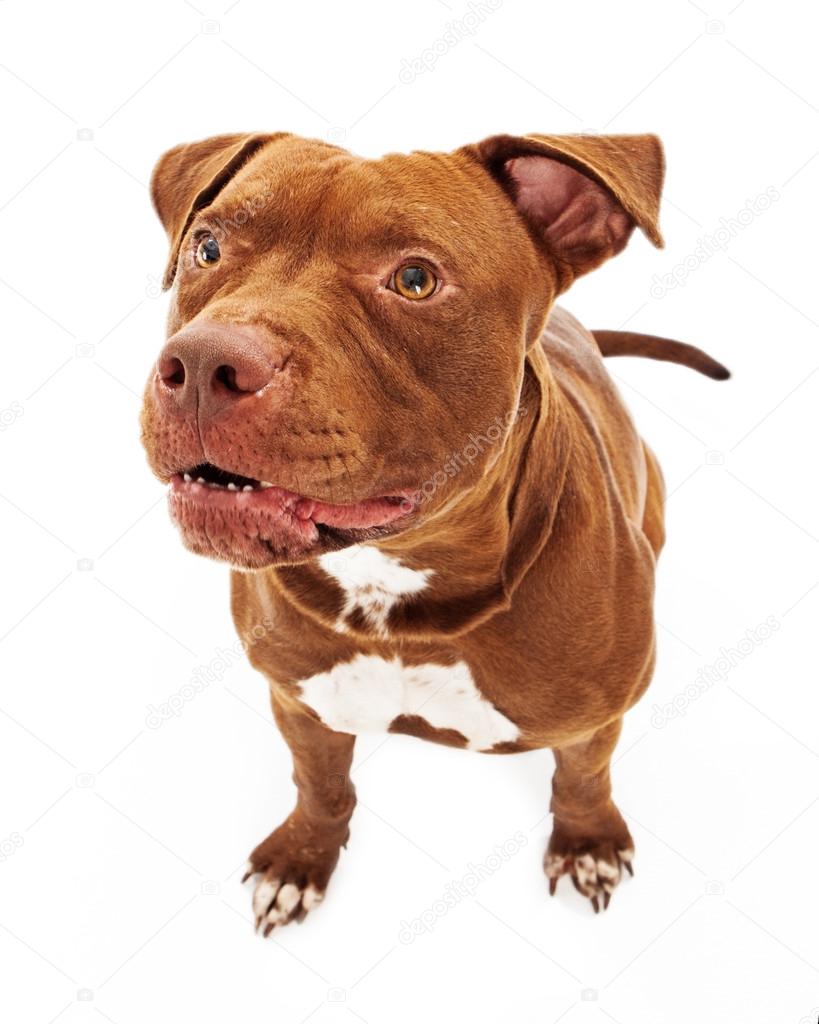

Why is food aggression common in my dog? Food aggression in dogs can be treated with the assistance of a veterinarian and a behaviorist.
#DOG GROWLING HOW TO#
Food Aggression In Dogs: How To Identify And Cure The Problem There is typically a territorial nature to dogs who guard their resources. Resource guarding, it is critical to remember, applies to more than just food. The food bowl should never be removed even if it is empty. Furthermore, the issue of hunger can be difficult to manage.

Pain-related food aggression is typically associated with a sudden onset. When a new family member joins the party, it is natural for the dog to protect its food. In order for your dog to understand that nobody wants to steal from him, you must teach him that nobody wants to steal from him. You are instructing your dog to be cautious when protecting his resources. If your dog has never shown aggression before, it’s important to consult with a trainer or behaviorist to rule out any underlying medical conditions that may be causing this behavior.ĭogs frequently display sudden food guarding behaviors that are perfectly normal in their behavior. Alternatively, he may be trying to protect his food from you. He may be feeling threatened or anxious, and growling is a way to communicate this to you. There are a few reasons why your dog may start growling at you when he eats. Why Is My Dog Suddenly Growling At Me When He Eats? This is usually due to the owners’ training their dogs not to growl first. People have told stories about dogs that bite with no warning. The practice of teaching your dog that growling is unacceptable behavior deprives it of the ability to provide warning that it may bite you. If your dog barks, growls, or grumbling into their bowl while eating, you may notice them guarding their food. There are numerous theories about why some dogs vocalize while eating, including food security (also known as resource guarding). Resource guarding is what we do at Resource Guard. If the dog growls at you during this process, do not punish her simply keep an eye on how close you are to her and stay away from her if necessary. You must reward the dog with extra special yummy treats (usually chunks of meat) in order to make the reward more special than the one the dog usually guards. Some of the behaviors that a resource guard may engage in include growling, displaying, stiffening, frantic eating, glaring, snapping, barking, and biting.

In dogs, food aggression is a type of resource guarding behavior that allows the dog to frighten others away from something it believes to be valuable. After your dog is used to you approaching its bowl while eating, place some treats in it and return it to its natural location. It is best to offer them a treat that is more appealing than the one they are currently eating, such as chicken or beef. If you want your dog to stop growling at food, you must first desensitize it to your presence. When your puppy eats, place treats in his bowl and drop them in. As part of their training, your dog will be given treats hand-delivered to him. It teaches a dog that people do not pose a threat and that they eat. Feeding a puppy hand is a great way to prevent its development of food aggression. When a dog is unsure of when it will receive its next meal, it is at risk of food-based aggression. If your dog is extremely aggressive and you are afraid it will bite you, you should seek medical attention. If you attempt to train a dog that is aggressive, he or she may bite, chase, or snap at your food. It entails teaching your dog how to release food or other items, as well as controlling the environment where he or she eats. It is critical to train your dog to become less aggressive when eating as part of desensitizing training. This can be done by providing them with a safe place to eat, such as a crate, and by teaching them that they don’t need to be afraid of people or other animals.Īlmost every dog is prone to aggression and food guarding. If they’re growling because they’re feeling threatened, you’ll need to work on helping them feel more comfortable and secure. This can be done by training them with positive reinforcement. If they’re growling because they’re guarding their food, you’ll need to work on teaching them that they don’t need to protect their food. Once you know why your dog is growling, you can begin to work on getting them to stop. If you can’t figure out why they’re growling, consult with a veterinarian or animal behaviorist. It could be that they’re guarding their food, or they may be feeling threatened. The first thing you should do is try to figure out why they’re growling. If your dog growls when eating, there are a few things you can do to get them to stop.


 0 kommentar(er)
0 kommentar(er)
